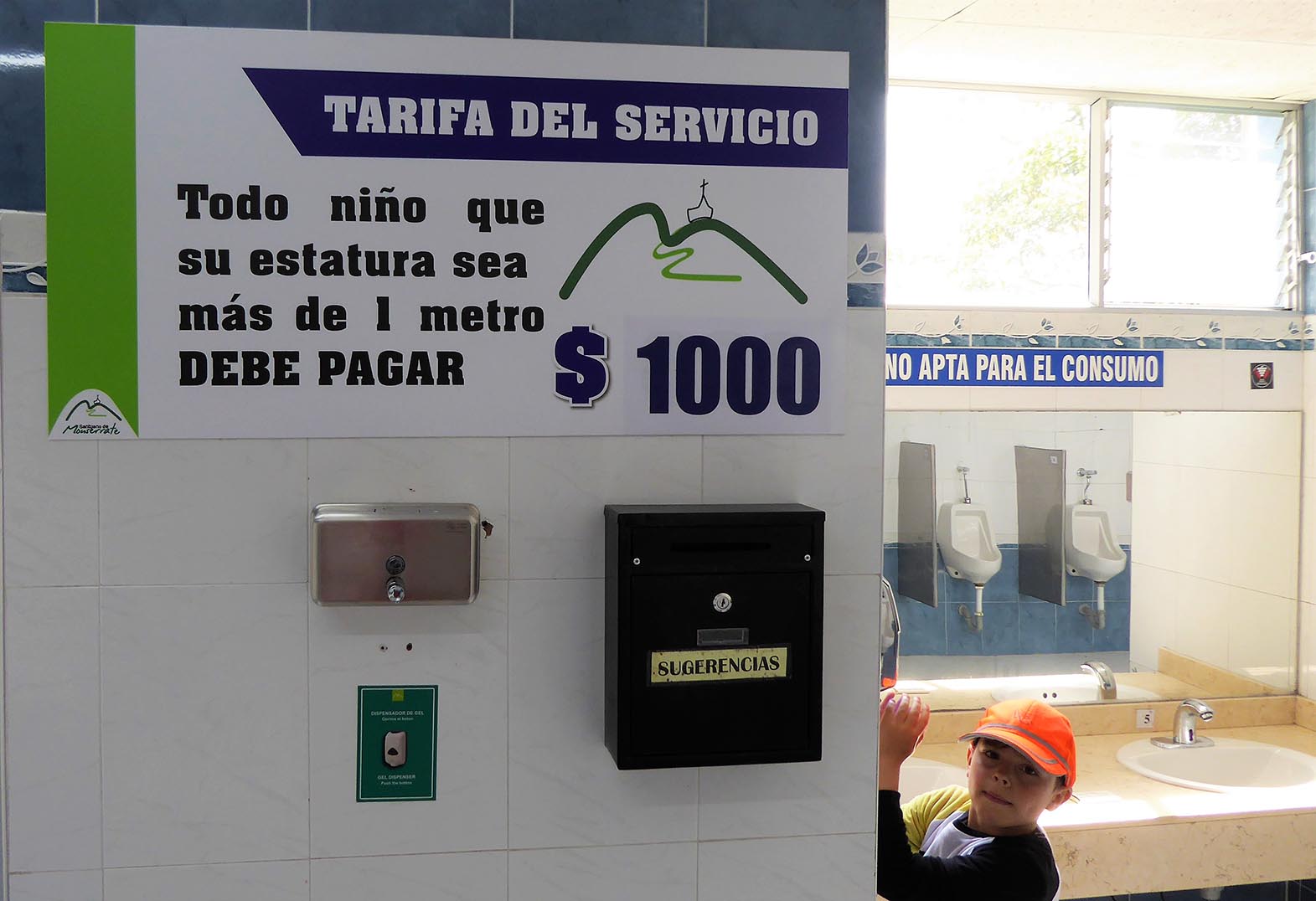
Why the gastronomic wealth could be key to the future in Colombia.
Maria Gómez is a woman on a mission. She wants to connect people with the land and all that it has to offer. And she believes that the most accessible, most effective way to do this is not through books or articles, but through eating.
“Your world can only be as diverse as your plate,” she quips. By filling up your plate with different foods, you support the farmers who grow them, and enable them to keep doing so, benefiting both people and the planet.
However, Maria believes that Colombians lack a full knowledge and appreciation of Colombia ‘s gastronomic wealth – something she wants to change. She talks about how she herself grew up unaware of the uniqueness of her country’s biodiversity, and explains that it took visiting other countries to make her realise it.
“You always assume that everything that first world countries have is ‘better’. I thought: if Colombia has delicious juices, imagine what they have in first world countries!” she laughs. “Then I went there and I realised that what Colombia has is much, much better.”
This inspired her to create 321 Colombia, a tour company that has spent the last three years leading Colombians and tourists alike on tours round Paloquemao market, with a hands-on approach which aims to spread awareness of Colombia’s natural bounties far and wide.
As well as their tours, they offer cooking workshops, and devote time to social projects such as teaching English to women who work on the stalls of the market, in return for their help with her tours.
However 321 is not an NGO, but a social enterprise. Maria thinks it is important to not only promote biodiversity but also to build a successful as well as conscious and sustainable business. “We need to prove it’s profitable,” she said.
Indeed, she thinks that Colombia – with its ideal growing conditions, range of food and need for employment – has the potential to “feed the world” as a food exporter, especially as Bogotá has one of the most important airports in Latin America.
All that is lacking at the moment – aside from, perhaps, a willingness to explore this industry – is international demand. Whilst Colombians might not realise the biodiversity surrounding them, “other countries don’t even know that guanabana exists!”
But even this is changing. As global perceptions of Colombia change and tourism increases, visitors are coming flooding in. Many might simply come in a Netflix-fuelled search for narco-land, or to soak up some sun on the caribbean beaches, but the income they bring can be channelled into a new form of development and bring a new source of sustainable income to the country.
Related: Fracking in Colombia, who is fracking now?
And the food is not the only produce with export capacity. There’s also potential to be developed in areas such as textiles, vitamins, beauty products and the growing global market for seeds.
But all this lies perhaps a little further in the future. For now, what is important is to start the conversation; to get people talking, rediscovering all that their country has to offer and more importantly to get them filling their plates with it.
“We just want to plant a seed in everyone’s mind,” Maria concludes. She is certainly doing so; all that is left is to see if this seed can grow enough to make a difference.
Biodiversity
Colombia’s biodiversity is fundamental to Maria’s ideas. One of the world’s 34 ‘biodiversity hotspots’ stretches up its western flank – through the Chocó and Magdalena regions.
Environmental factors, such as the hundreds of different ecosystems covering the land, the richness of the soil, and the proximity of Colombia to the equator – which ensures plenty of hours of sunlight year-round – mean that this small spot on the globe has been blessed with a staggering richness in flora and fauna.
Human influence has played a part. There’s the amount of species which came to Colombia’s Caribbean shores due to its position as a major gateway to Latin America. And the fact that decades of conflict have kept vast areas of rainforest off-limits – preventing deforestation through farming and general development. All in all, it is not hard to understand why Colombia boasts such a high species count.
However, of course, with great biodiversity comes great responsibility. And one which has often been little heeded.
Conflict might have protected certain areas from deforestation, but it also brought illegal mining, monocultural coca plantations and generally shifted a lot of environmental conservation activities way down the country’s priority list.
Meanwhile, cattle continue to be a big problem, responsible for contamination and deforestation – unhelped by land ownership issues that have so far not been resolved by the peace agreement.





